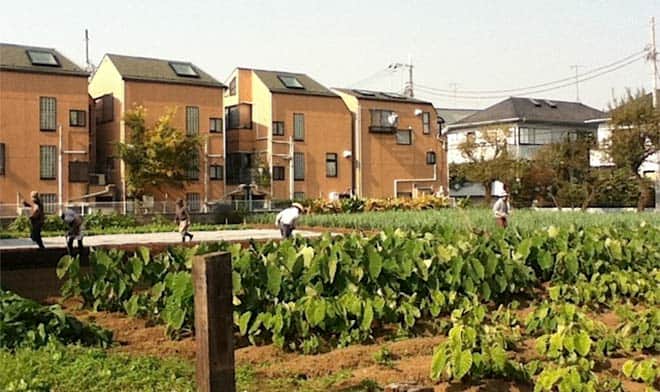In the past few years, there has been a new urgency in understanding the relationship between urban, peri-urban and rural systems. These systems are inextricably linked and provide important food and natural resources to dwellers across the urban-rural continuum, thus resiliency and sustainability cannot be realized in one without considering the other.
Since the beginning of human settlement, there has always been an exchange of goods, services, people and culture across landscapes that include towns, cities and countryside. Yet, the urban and rural have grown apart in many countries. Often, there is tension and even conflict between the priorities and psyches of urban and rural communities regarding cultural and political differences and disagreements over natural resource management of water, food and energy.
Recently, the unprecedented growth of towns and cities has altered the dynamics of the urban-rural exchange. Migrations of millions from rural to urban areas can dramatically increase these tensions, putting strains on urban services and capacities while marginalizing rural communities and pushing them further apart while they still remain so interdependent.
The world as a whole is becoming increasingly urban, and tomorrow’s cities will have an even more dramatic impact on rural peoples and resources. It is estimated that the urban estate will more than double by 2050, mostly in the global south and China. However, the reach and impact of this urban growth profoundly impacts natural and cultural resources far beyond urban boundaries.
The reality of dramatic urban growth, its impact on the rural areas of the world and the unknown variables of dramatic climate change and economic volatility has brought new attention to urban-rural linkages. Research shows that the future resilience and sustainability of both urban and rural communities will require strengthening the urban-rural continuum and the resource base of food, energy, water, soil and biodiversity. Urban and rural communities need each other more than ever.
Both research and emerging practice around the world has shown that for cities to be sustainable, the regions surrounding cities must be sustainable as well, giving rise to the term city regions in recent international debate. Better integration of cities in their regions – or urban with rural landscapes – is a great challenge not only because of the conflicts mentioned above, but because most local and subnational authorities, countries and international agencies divide urban and rural mandates.
Much is at stake in the future of rural urban flows for both resilience and sustainability. Clean water is essential for cities, but also for agriculture. Energy is equally critical for both urban and rural development. Food, dependent on both water and energy from rural areas, is important for a resilient food supply but threatened by urban or peri-urban sprawl.
The dynamics for these and other flows across the urban-rural continuum need to be far better understood for city region water, energy and food systems at the city region scale. For these systems to be integrated with increased stability and adaptability in the face of frequent severe weather conditions and economic forces, there needs to be good data, new policy support and innovative programs that integrate rural and urban priorities with adequate financial resources.
This will not happen without strong leadership from government, the private sector and civil society. Linking these actors across the urban-rural continuum will be challenging, but vital. The way forward requires new tools, new frameworks for understanding the benefits of city region dialogue and new planning approaches – such as those found in the report: City Regions as Landscapes for People, Food and Nature.
Planning and policy professionals in city regions around the world grappling with issues of urban and rural resilience and sustainability should heed the calls for better integration. Without concrete action now, the conflicts dividing our urban and rural areas will only become more intractable.
Download the report City Regions as Landscapes for People, Food and Nature.













